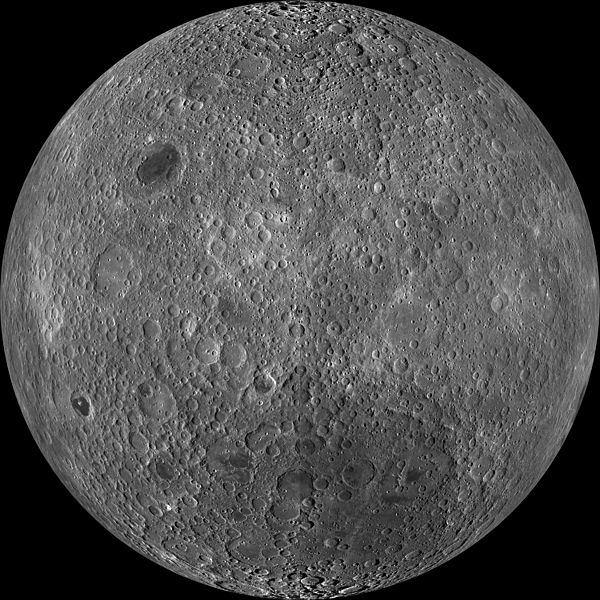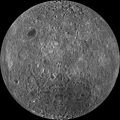Сурат:Moon Farside LRO.jpg
Внешний вид

ХьхьичӀмур ябитавул кӀушиву: 600 × 600 пикселду. Рухсатрув: 240 × 240 пикселду | 480 × 480 пикселду | 768 × 768 пикселду | 1024 × 1024 пикселду | 2048 × 2048 пикселду | 18 000 × 18 000 пикселду.
Дайдихьулийсса сурат (18 000 × 18 000 пиксельду, суратдалул кӀушиву: 85,34 МБ, MIME жура: image/jpeg)
Суратданул тарих
Бас ба кьини/чӀун хьхьичӀсса сурат ккаккан.
| Кьини/чӀун | ЧӀивисса эбрат | Куцру | Гьуртту хьума | ХӀучча | |
|---|---|---|---|---|---|
| хӀакьинусса | 23:47, 19 мартрай 2014 |  | 18 000 × 18 000 (85,34 МБ) | Huntster | High resolution mosaic. |
| 04:12, 9 апрелданий 2011 |  | 1600 × 1600 (1,44 МБ) | Bubba73 | {{Information |Description ={{en|1=Far side of the Moon, by NASA's Lunar Recon. Orbiter}} |Source =http://apod.nasa.gov/apod/image/1104/farside_lro1600.jpg |Author =NASA - LRO |Date =2011? |Permission = |other_versions = } |
Суратданул ишла баву
Ва файлун аьркинса чӀапив дакьар.
Щаллагу дунияллул суратрая мюнпат ласаву
Ва файл ишла дайсар вай викирдал:
- Ишла баву af.wikipedia.org
- Ишла баву az.wikipedia.org
- Ишла баву be.wikipedia.org
- Ишла баву bjn.wikipedia.org
- Ишла баву bn.wikipedia.org
- Ишла баву bs.wikipedia.org
- Ишла баву ca.wikipedia.org
- Ишла баву cs.wikipedia.org
- Ишла баву de.wikipedia.org
- Ишла баву en.wikipedia.org
- Ишла баву en.wikibooks.org
- Ишла баву en.wikiversity.org
- Solar System, technical/Moon
- User:Marshallsumter/Radiation astronomy2/Visuals
- Draft:Original research/Planets
- User:Marshallsumter/Radiation astronomy2/Visuals/Quiz
- User:Marshallsumter/Rocks/Rocky objects/Astronomy
- User:Marshallsumter/Radiation astronomy/Courses/Principles/Hourly 2
- User:Marshallsumter/Radiation astronomy/Courses/Principles/Midterm quiz
- User:Marshallsumter/Radiation astronomy/Courses/Principles/Final quiz
- Titan/Quiz
- User:Marshallsumter/Rocks/Rocky objects
- Draft:Enceladus/Quiz
- Moon/Quiz
- Stars/Sun/Heliology/Quiz
- Earth/Quiz
- Stars/Reds/Quiz
- Draft:Dione/Quiz
- User:Marshallsumter/Radiation astronomy2/Scattered disks/Quiz
- User:Marshallsumter/Radiation astronomy1/Kuiper belts/Quiz
- Liquids/Liquid objects/Moon
- User:Marshallsumter/Radiation astronomy/Craters
- Ишла баву es.wikipedia.org
Ххал дан щала дунияллул аьркин шаву ва файлдул


